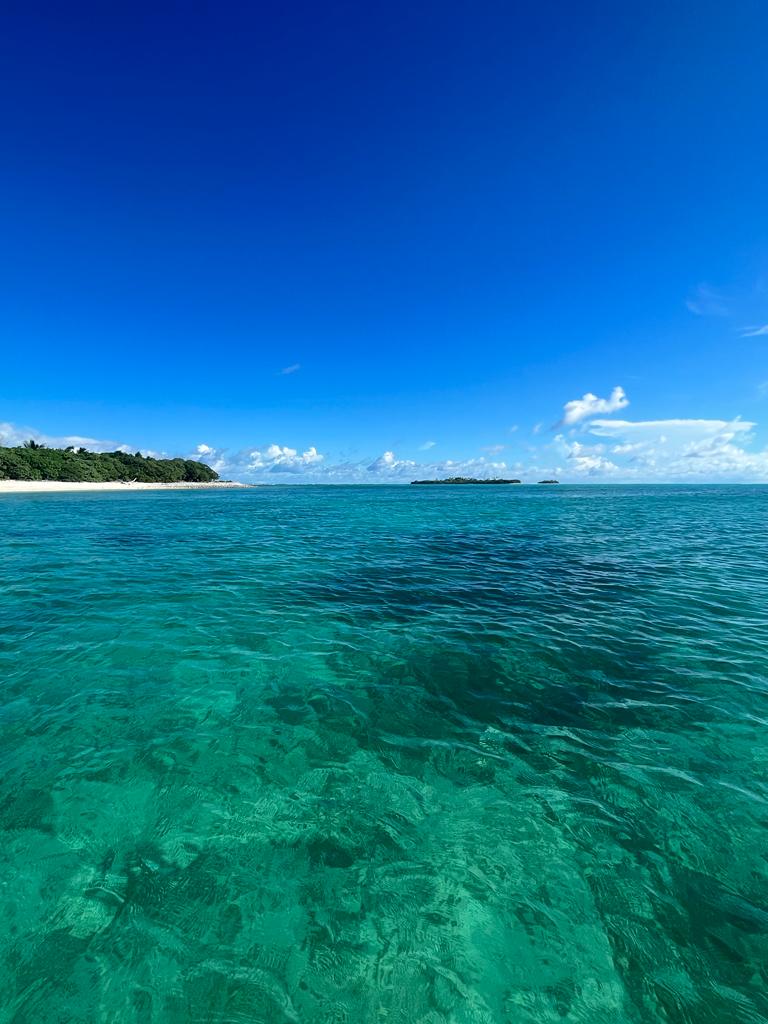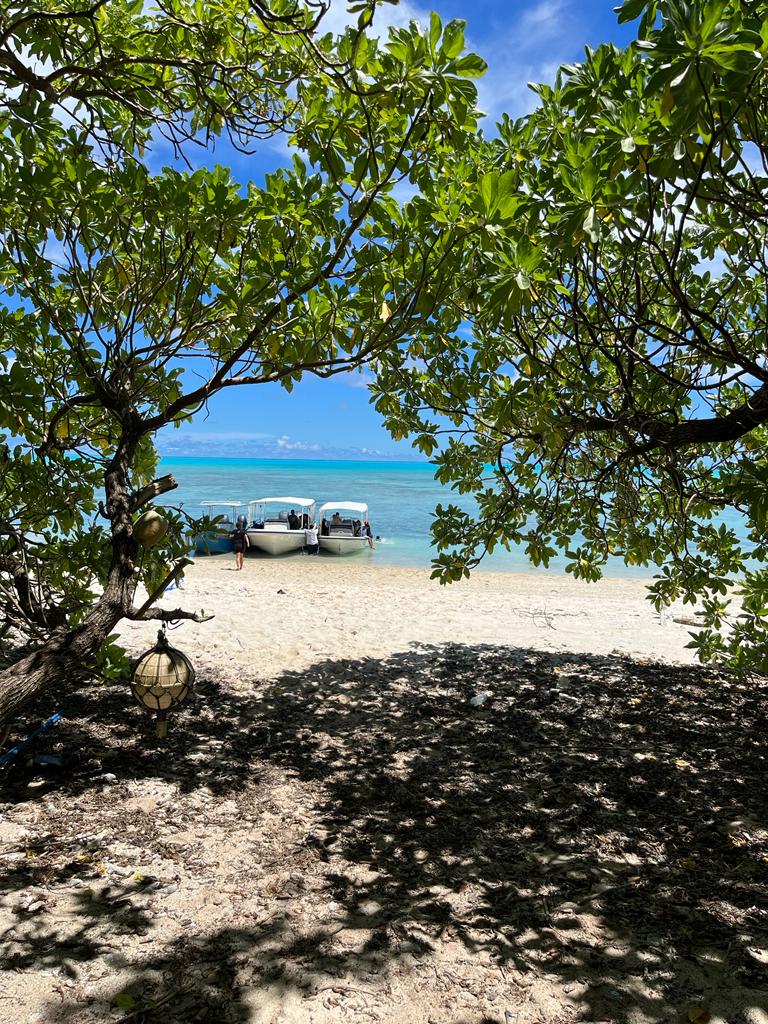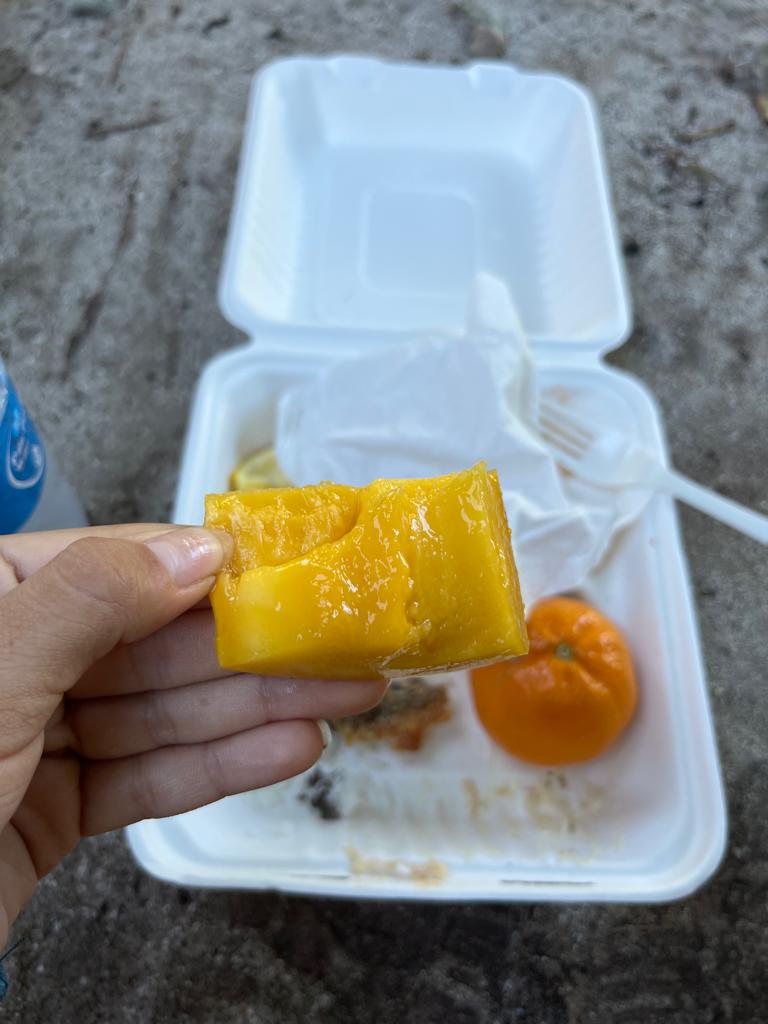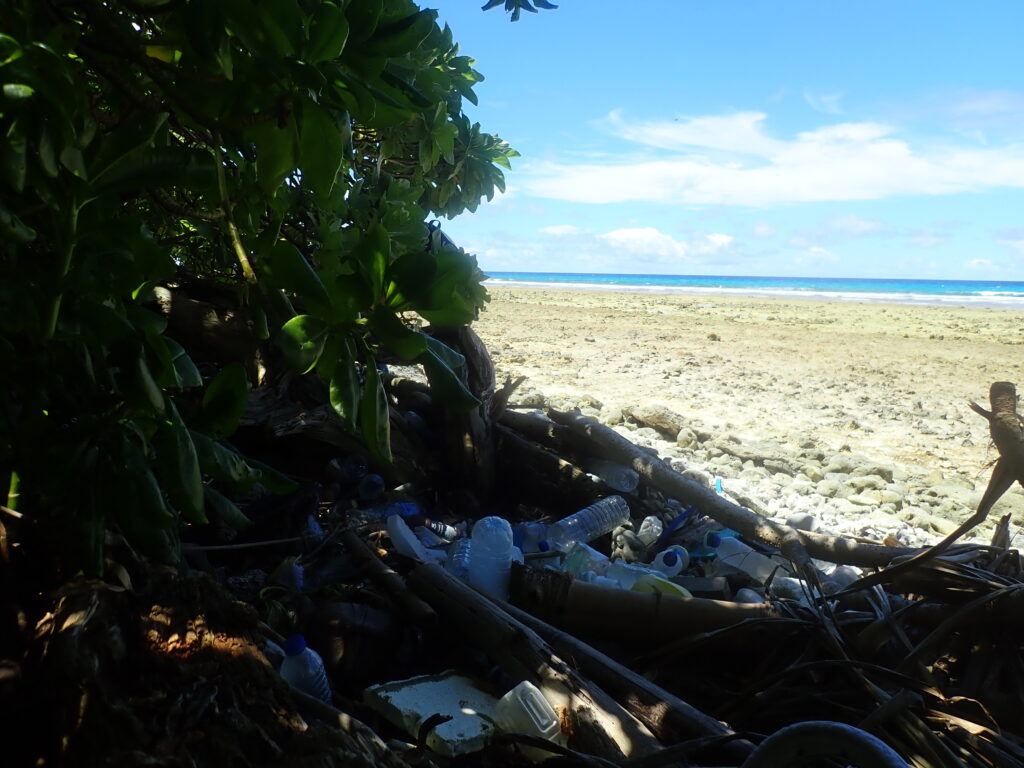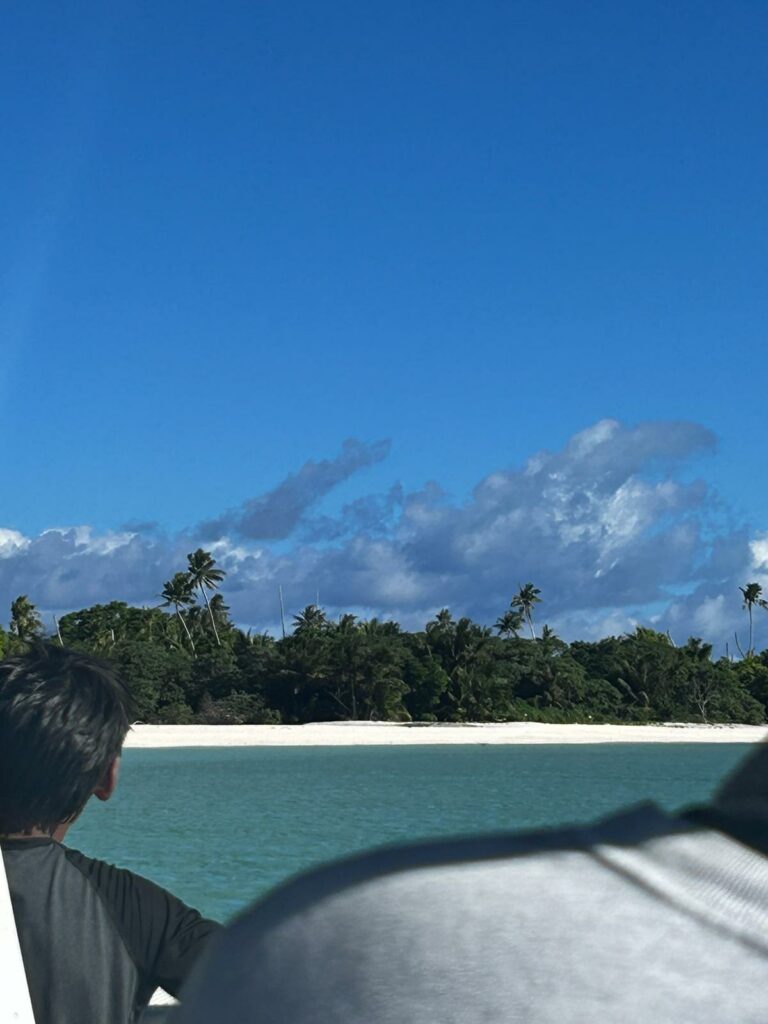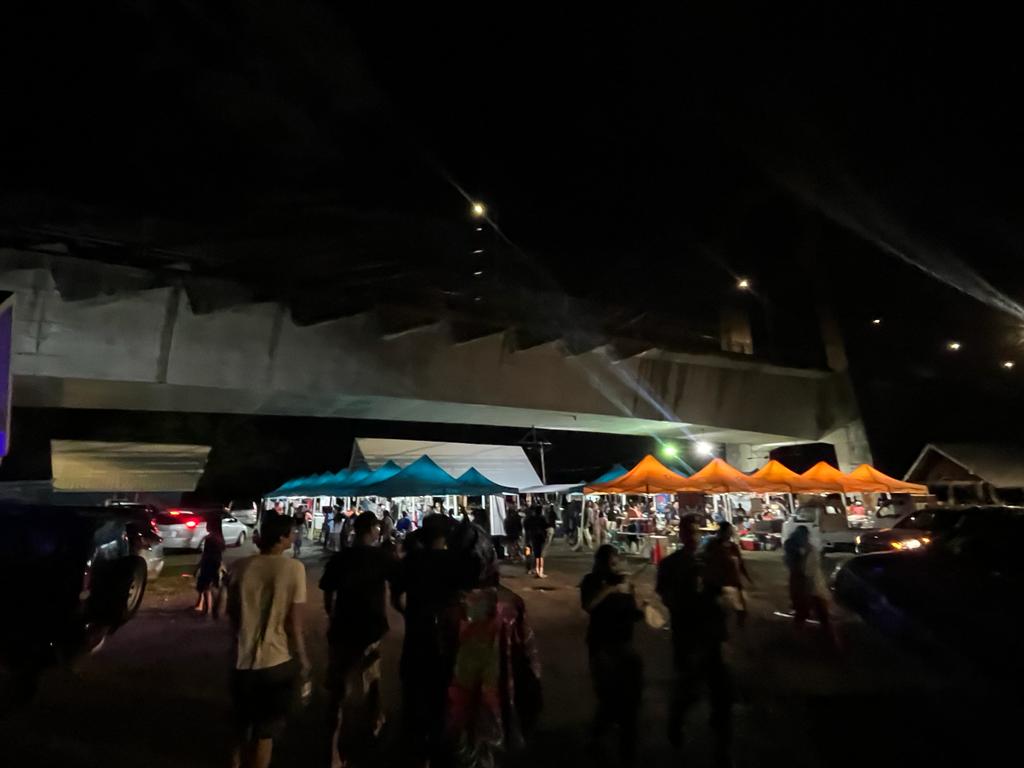As we draw closer to the end of our trip, we want to take a moment to reflect on how amazing our experience has been. From wading in knee-deep mud in the taro patch, to the skin-crispening sun on the ocean, to singing in a monsoon, we’ve made the most out of every single day. We’ve been especially aware of the dedication shown to us by every person we’ve interacted with. Each of us has developed on this trip in so many ways.
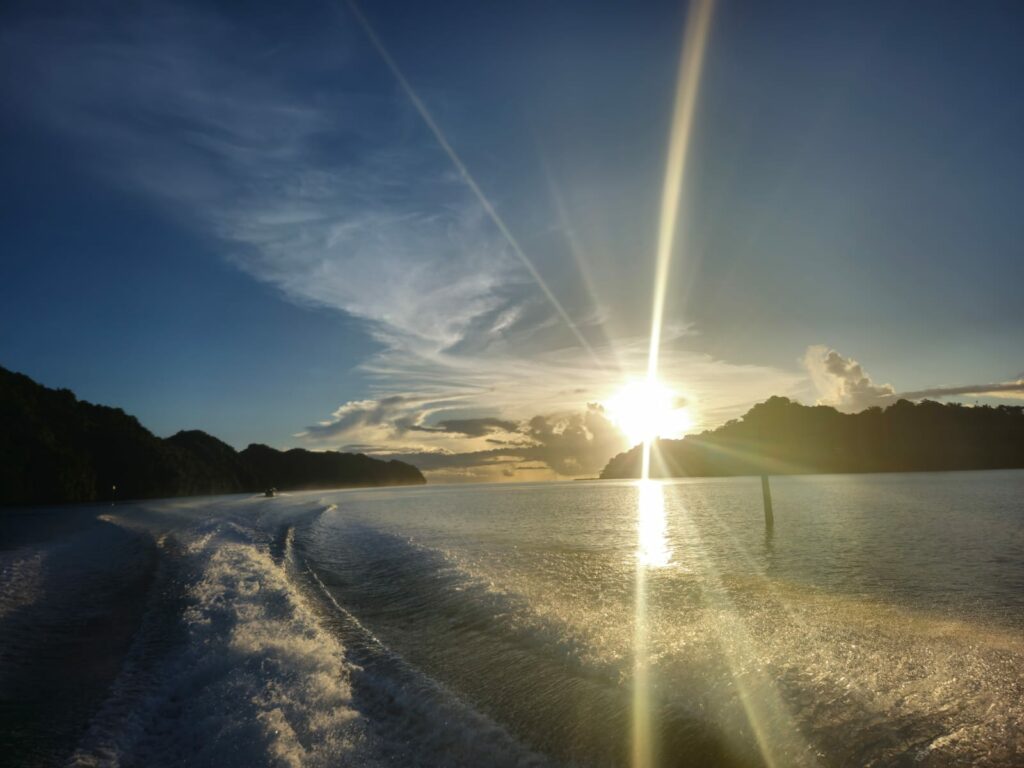
Image: Watching the sunset as we headed back to the dock after an awesome day of kayaking
Growth
We learned about each other and more importantly, about ourselves. We discovered new ways to communicate with people of different backgrounds and cultures. Additionally, we learned to work and live together as a close-knit group.
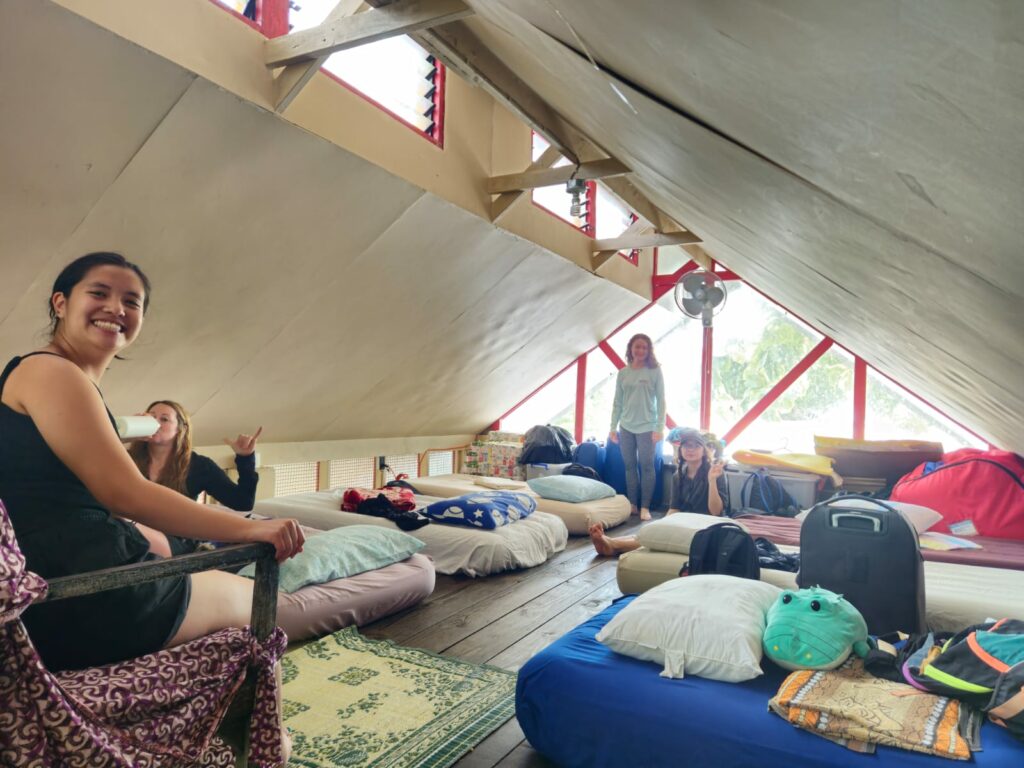
Image: Getting cozy in the girls dorms at Ebiil
Observation
We learned to observe the world differently and at a greater depth. Our experiences taught us to take a broader view of conservation and culture. Through the programs we participated in, we learned to focus more on long term solutions, rather than becoming discouraged by immediate challenges.
Image: Noah Popping Up For Some Air
Expanding Our Comfort Zone
From trying new foods to learning how to swim in the ocean, we all pushed ourselves to our limits and then some. We each learned that we are capable of more than we originally thought. Each day was a challenge but by the end of our trip, we took change in stride and are grateful for all of our experiences.
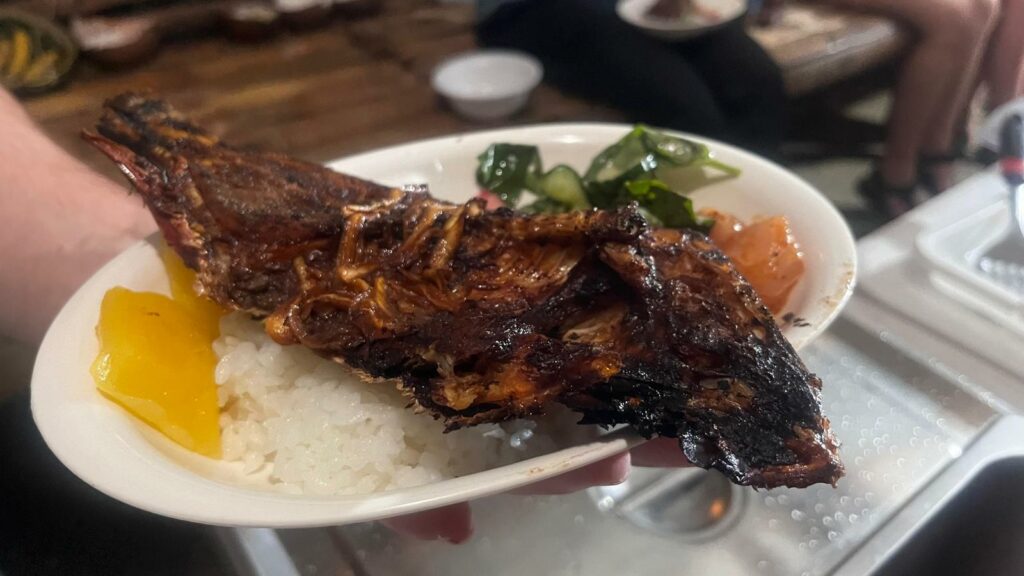
Image: Trying new foods, prepared in new ways
Academic
This class has given us a better understanding of how complicated natural resource management is, and how important it is to encompass the needs of all those who may be impacted. We were blown away by the people we met who had identified issues in their community and then constructed long-term solutions to those problems. They emphasized the importance of involving all the stakeholders and that none of this work can be done alone.
Additionally we learned how difficult balancing the intricacies of biodiverse ecosystems and societal needs can be. For example, the issues surrounding land use management, food security, and development within the bounds of a space-restricted nation. Every decision no matter how well informed has a tradeoff.

Image: Converting bauxite mine to native forest for new land uses
We are so grateful to all that made this amazing trip possible.
We’d like to thank…
The staff at PCC (Lik, Clarence, and the kitchen staff), Ebiil Society (Ann Singeo, Cindy Fitzpatrick, Sharon, Aot, and the rest of the staff), Paddling Palau, Chris and Ann Kitalong, Dr. Nwe, PCC Multispecies Hatchery, Koror Solid Waste Facility, Cooperative Research Extension Program, Koror and Ngarchelong State Rangers, Belau National Museum, Palau Aquarium, Mechas Anne-Marie from the taro patch, Tino the fisherman, the staff at the Melekeok Bai and Stone Paths, OSU’s Departments of Fisheries, Wildlife, and Conservation Sciences, and Rangeland Resources.
We’d like to personally thank Drs. Scott Heppell and Bryan Endress.
And finally, we’d like to thank the rooster, without whom we would not have known it was 4:00 am every single morning.
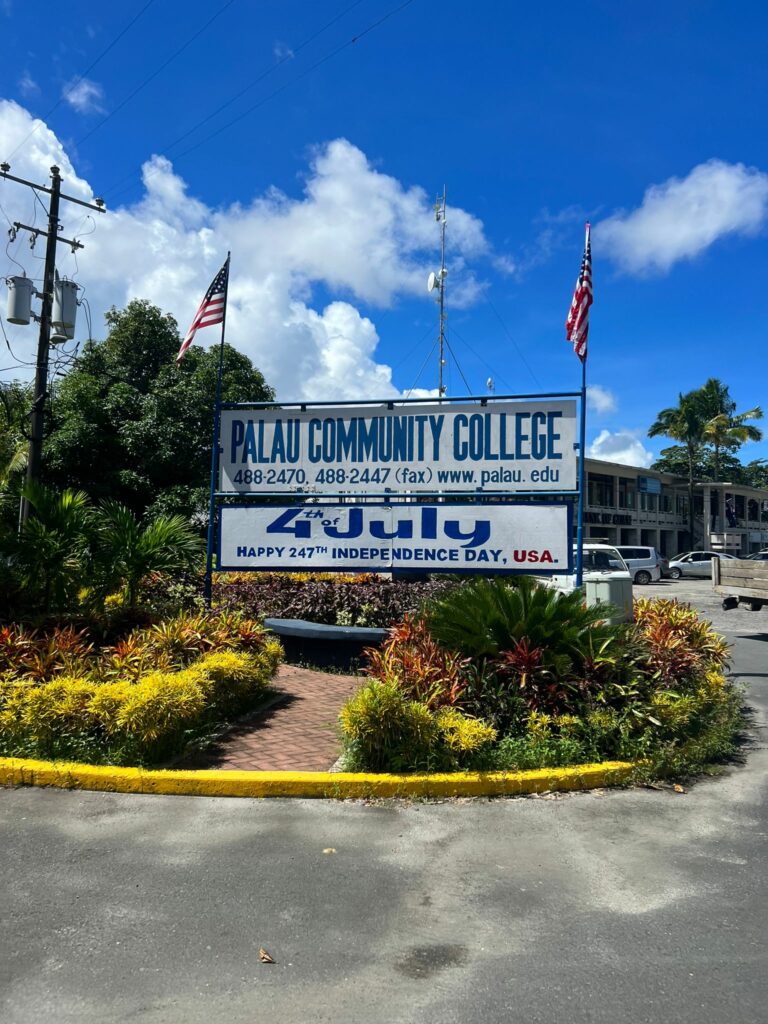
Palau OSU crew 2023 signing off.
Authored by Dustin Audirsch and Melissa McMullen





















